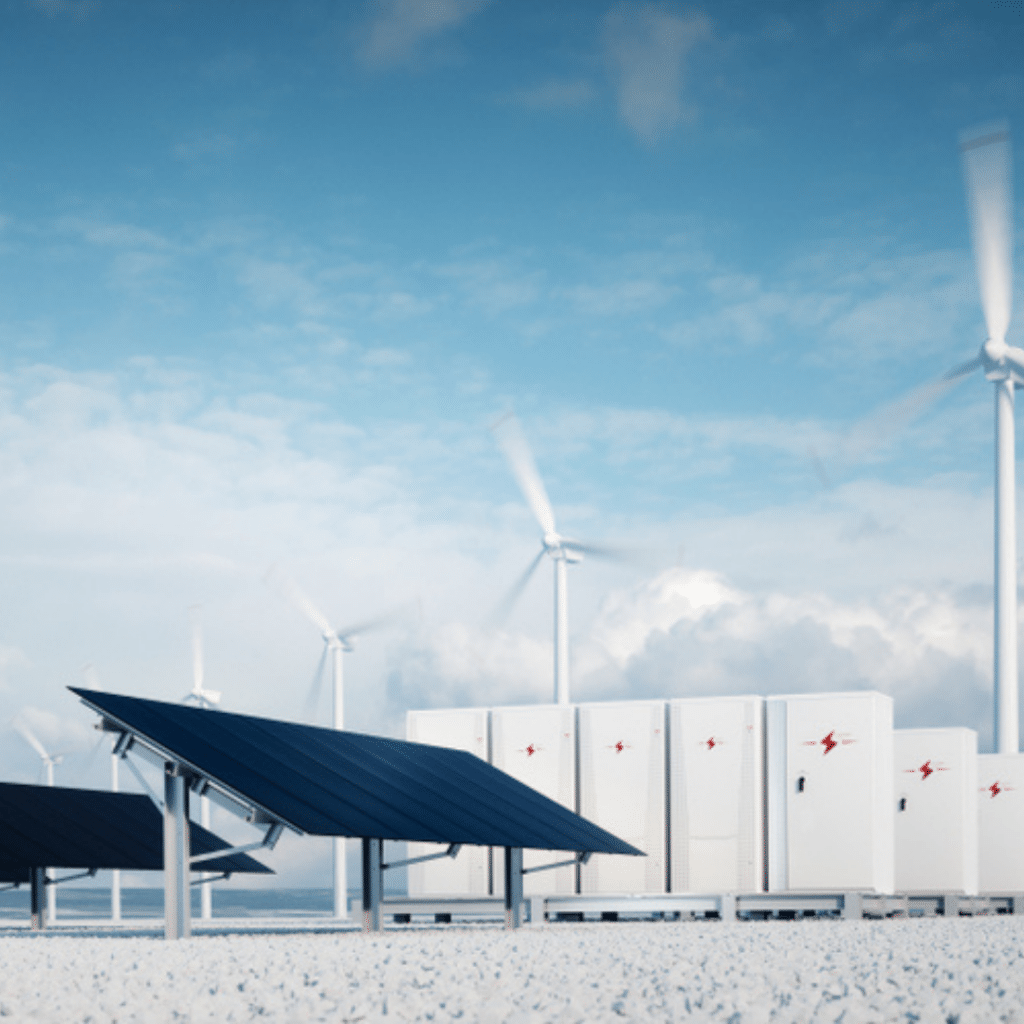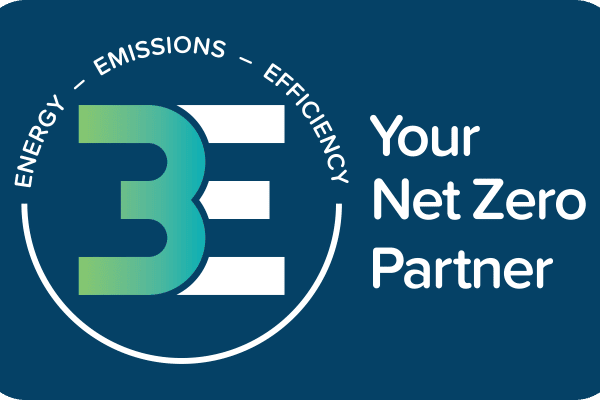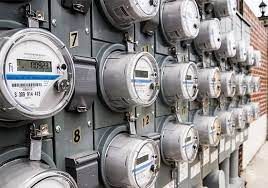The last decade proved how batteries became indispensable tools in storing electricity. Production of lithium-ion batteries has risen over the years, which made battery storage for commercial and industrial use a viable option.
In fact, the decline of battery prices led the way to battery-based energy systems for electric vehicles (EVs) and energy suppliers. This type of energy array is the key to transitioning to a renewable and fossil fuel-free future.
Large-scale energy storage solutions, such as large battery storage expansion systems, can effectively store energy harvested from our natural resources (I.e. Sun, Wind, Hydro etc). Also, these technologies are essential keys in helping Australia recover its economy, post-pandemic, and reach its goal of a decarbonised economy by 2050.
To better understand what role battery storage plays in our renewable future, let us look at its history.
-
A Brief History of Batteries
-
Birth of The Modern Battery
-
Decline of Fossil Fuels and Rise of Renewables
-
Batteries: Keys to Securing a Clean Energy Future
-
Challenges of a Sustainable Future and Energy Efficiency
-
Imagineering a Sustainable Future
A Brief History of Batteries
The term “battery” was coined by Benjamin Franklin after linking a set of capacitors while experimenting with electrical currents. However, it was Alessandro Volta who invented the voltaic pile: the predecessor of the modern battery. A stable battery was achieved with pairs of zinc discs and copper wires, separated by layers of cardboard or cloth soaked in brine.
Franklin and Volta’s experiments inspired scientists such as Gaston Planté to develop the lead-acid battery in 1859. Until today, his invention is still used by automotive manufacturers for their car’s batteries.
Carl Gassner, a German physician and inventor, is known as the “Father of the Zinc-Carbon Battery”. In 1886, it was considered a game-changer as it was maintenance-free and can be used in any orientation. Today, zinc-carbon batteries are still manufactured and widely used to power portable devices.
Waldemar Jugner’s nickel-cadmium (NiCad) was the first battery to use alkaline electrolytes in 1889. It had better energy density compared to its predecessors. Although it was more expensive, it was robust and rechargeable and a fairly reliable form of energy storage. NiCad batteries can also supply a higher surge of currents due to their low internal resistance properties.
Birth of The Modern Battery
The 20th century ushered in a new era for battery technology. Thomas Edison developed Nickel-Iron batteries in 1901, which were widely used by miners for their lamps, railroad operators for their crossroad signals, and diesel-electric trains.
Lewis Urry’s work on improving zinc-carbon batteries in the 1950s, lead him to develop alkaline batteries. His invention led to a battery with a longer shelf life and higher energy density. Alkaline batteries are still being used today to power electronic toothbrushes and game console controllers.
COMSAT, a US-based communications company, developed the nickel-hydrogen battery (NiH2) to power communications satellites in the 1970s. These batteries are still being used to power the Hubble Space Telescope.
The development of nickel-metal hydride batteries (NiMH) was sponsored by automotive manufacturers during the 1960s. They were looking for an efficient way to store power for their e-vehicle concepts. Today, NiMH batteries are being used for hybrid electric vehicles (HEV) as they can provide sudden bursts of energy during acceleration.
Lithium-ion (Li-on) batteries have low self-discharge rates and higher voltage capacities. They are commonly found on notebooks and solar battery storage systems.
Lithium polymer (Li-Po) batteries, on the other hand, are lighter and more energy-dense. They are like supercapacitors because they can release energy quicker than Li-ons. Li-pos are used to power radio-controlled vehicles, model aircraft, and even unmanned aerial vehicles (UAVs). Its resistance to overcharging and small form factor made it the best choice for these uses.
From the voltaic pile to the modern lithium polymer, storing energy has come a long way. Experts predict that investments in energy storage may reach $1.2 trillion in two decades due to the forecasted 1.2 terawatt global demand for electricity.
Decline of Fossil Fuels and Rise of Renewables
The average lifetime of a coal-powered plant is 29 years although its design life is 40 to 50 years. About three-quarters of Australia’s coal-fired power stations are operating beyond their original life expectancy, and some have had extensive refits. According to the Australian Energy Market Operator, it is expected that 14 GW of coal-fired generation will be retired by 2040.
Meanwhile, Australia has adopted renewable energy at a record pace, with 46 per cent year-on-year growth in Solar output and a 19 per cent increase in wind power. The Australia Energy Statistics have revealed that renewables produce more than 21 per cent of total electricity generated in Australia. As of 31 December 2020, there were more than 2.66 million installations of PV systems, with a combined capacity of over 20.2 gigawatts.
The Future of Energy (a PWC report) suggests that Australia should aggressively pursue an energy mix dominated by intermittent renewable sources. The report also goes on to say this would result in the country generating 80% of its electricity from renewable energy within 20 years (by 2040).
The electricity grid’s reliability comes into question as Australian Governments pursue net zero emissions targets and encourage the transition towards renewables. The meteoric rise in renewables and the aging decline of fossil-fuel power plants have the potential to make the electricity grid both ‘greener’ and much less reliable at the same time.
Batteries: Keys to Securing a Clean Energy Future
Batteries pave the way for a renewable future because it allows energy producers and energy users to consume renewable power when supply is temporarily unavailable (e.g. overcast days, night-time etc).
Batteries and renewable power are essential to addressing the great energy trilemma of the 21st century – producing affordable, reliable, and sustainable energy. Pairing large-scale energy storage with renewable power is more economically viable compared to traditional energy plants. Australia State Governments and industry regulators have recognised this and the importance of maintaining a reliable electricity grid.
In fact, South Australia is home to the World’s Largest Battery – the Hornsdale Power Reserve. South Australia’s Big Battery’, which was built in 2017 and is co-located with the Hornsdale Wind Farm. The 129MWh Li-ion battery was later upgraded in 2020, with battery storage expansion to 194MWh.
Victoria is building a 450MWh utility-scale energy storage facility. Aptly named as “Victoria’s Big Battery”, it will eclipse Hornsdale’s 100-megawatt facility in terms of scale. Once it is operational in 2021, the Victorian facility can store surplus power and distribute it during network outages.
Challenges of a Sustainable Future and Energy Efficiency
Integrated generation and energy storage systems are just one piece to a much larger puzzle on how to achieve net-zero emissions cost-effectively. While Australia may be considered a World Leader in terms of renewables and energy storage, it certainly lags behind the rest of the world in terms of Energy Efficiency.
According to the International Energy Efficiency Scorecard, Australia ranks 18th out of the 25 biggest energy users in the world in terms of energy efficiency.
Energy Efficiency is also paramount to creating more jobs in the energy sector and building a stronger and cleaner post-pandemic Australia.
While renewables and battery storage solutions are important, leading experts urge us to not ignore energy conservation measures…
Australia’s Chief Scientist, Dr Alan Finkel, described measures to save electricity as the “best form of energy generation you could ever hope to have“. The Former United States Secretary of Energy, Steven Chu said “…the Stone Age did not end because we ran out of stones . We transitioned to better solutions. The same opportunity lies before us with energy efficiency and clean energy.”
Energy efficiency, when coupled with renewable energy sources and battery storage, can help fast-track Australia’s progress towards achieving its sustainability targets.
Organisations that are planning to implement Solar PV and Batteries, should take into account energy efficiency measures before going ahead. Numerous practical design implications will impact the overall cost and more importantly, return on investment of the project.
Imagineering a Sustainable Future
At Ecosave, we take a holistic approach to sustainability. We believe in the power of coupling practical energy efficiency solutions with integrated renewable power and energy storage systems to obtain affordable, sustainable and reliable energy. We partner with government, commercial and not-for-profit institutions to design and implement end-to-end solutions with guaranteed energy cost savings and emissions reductions.
For sustainable, innovative solutions tailored to your objectives and budget -call the experts at Ecosave today on 1300 55 77 64, or Book a Free Strategy Call!
References:
- https://arena.gov.au/renewable-energy/battery-storage/
- https://www.theearthawards.org/the-common-uses-of-lithium-ion-batteries/
- https://www.bbc.com/future/article/20201217-renewable-power-the-worlds-largest-battery
- https://www.energy.vic.gov.au/__data/assets/pdf_file/0028/441568/Battery_Storage_Factsheet.pdf
- https://theconversation.com/huge-battery-warehouses-could-be-the-energy-stores-of-the-future-151653
- https://www.irena.org/newsroom/articles/2020/Mar/Battery-storage-paves-way-for-a-renewable-powered-future
- https://www.irena.org/-/media/Files/IRENA/Agency/Publication/2019/Sep/IRENA_Utility-scale-batteries_2019.pdf
- https://www.energy-storage.news/news/large-scale-battery-systems-in-australia-met-or-exceeded-expectations-over
- https://www.greentechmedia.com/articles/read/australia-picks-massive-tesla-battery-to-ease-transmission-constraint
- https://www.forbes.com/sites/mergermarket/2020/02/18/the-future-of-battery-energy-storage-is-upon-us/?sh=61e78a154a18
- https://www.cnbc.com/2019/12/30/battery-developments-in-the-last-decade-created-a-seismic-shift-that-will-play-out-in-the-next-10-years.html
- https://www.smartenergy.org.au/sites/default/files/uploaded-content/field_f_content_file/australian_energy_storage_market_analysis_report_sep18_final.pdf
- https://energyeducation.ca/encyclopedia/Intermittent_electricity#:~:text=Sources%20of%20intermittent%20electricity%20include,can%20be%20created%20is%20limited.
- https://www.pwc.com.au/power-utilities/future-of-energy/future-of-energy.pdf
- https://www.energynetworks.com.au/news/energy-insider/the-demise-of-coal/
- https://arena.gov.au/blog/australian-renewables-achieve-21-per-cent-of-electricity-generation-in-2019/





